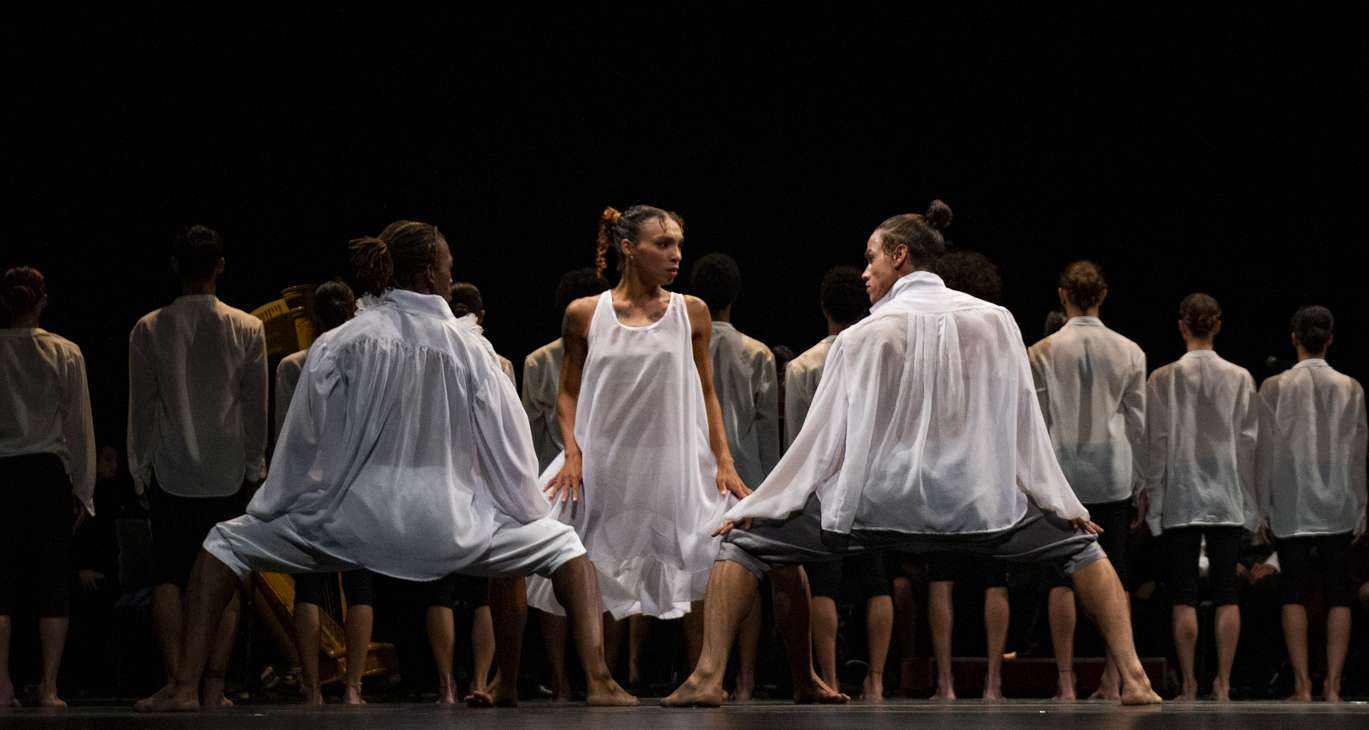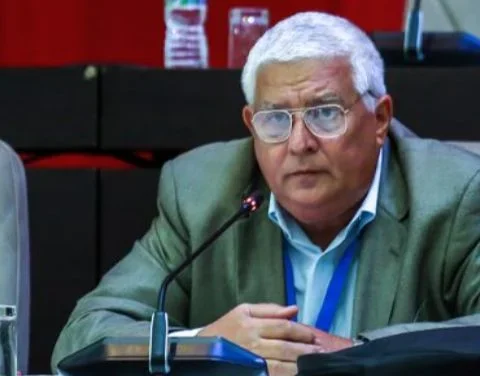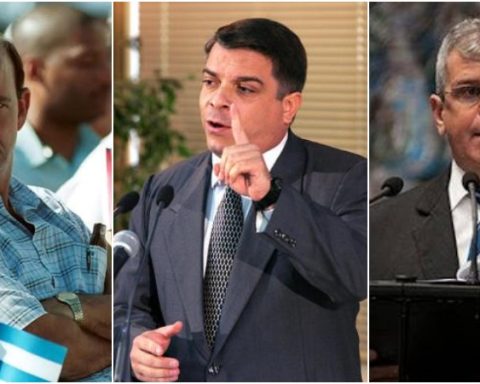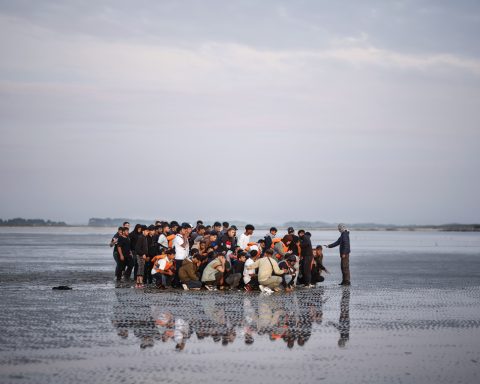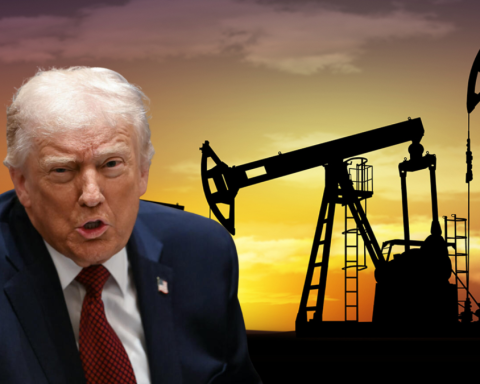Love triangles have always been a source of inspiration for artists of all manifestations, music, theater, cinema, dance, literature… even several of these muses come together to create memorable works that transcend time to maintain the acceptance of those who seek pleasure in read a book, listen to a song or be moved by a theater or movie scene.
Thus, a story written in the 19th century, set in Renaissance Italy, became an opera-ballet in the 21st century, once again adapted for a modern dance ensemble, to the delight of the hundreds of people who thus celebrated the 63 years of Contemporary Dance of Cuba (DCC).
the song of love triumphant was the work chosen for the company celebration Founded by ramiro war at the National Theater, home to generations of artists for decades, under the direction of Miguel Iglesias who once again attracted creators from various regions for a new DCC production.
Polish choreographers (Ewa Wycichowska and Andrzej Adamczak) joined the French conductor Nathalie Marín, leading the Ensemble Habana XXI together with the Cuban César Eduardo Ramos, for the adaptation of the operatic ballet created by the Italian Paolo Coleta.
In one act, The song of triumphant lovebased on the eponymous tale by Iván S. Turguénev tells us about the love triad between the beautiful Valeria and childhood friends Fabio and Muzio, in a conflict surrounded by medieval mysticism where music occupies a primal plane that provides the audience with an initial context in the work.
Both the costumes and the lights in the montage are minimal, with interesting and sober details to characterize each character in the case of the costumes, while the lighting design does not clutter scenes where the choreography, markedly theatrical, allows the piece not to become tiresome, with a rhythm that keeps the viewer on edge for just over an hour.
Here, the scenery is recreated by the DCC dance corps, acting most of the time as a single entity, a huge inconstant curtain that adapts to the narrative not only through the main dancers, but also by the soloists of the Theater National Lyrical that recreate history and movements on stage.
Fabio, the lover with “blue eyes and sunny blonde hair” in Turgenev’s original text, is now a mestizo body that fights for the love of the beautiful Valeria, who decides on it to the detriment of Muzio’s love, who does not know. he surrenders in his conquest despite the young woman’s initial decision to marry Fabio.
Muzio manages, with the help of his servant, to cast a spell on Valeria to give themselves both in encounters of pure imaginary carnal passion, although Valeria feels that with this involuntary nightmare she deceives Fabio, who finds himself in a constant moral conflict between his wife’s love and friendship. of Muzio, whom he begins to see as a traitor.
Was the meeting between Muzio and Valeria real? Was it all a dream product of sorcery or a repressed desire that gave free rein to the imagination of both? The final outcome, tragedy.
The “triumphant” love becomes irony in a plot that reveals no winners, considering the fatal outcome of Muzio’s death at the hands of his best friend. Loves, loyalties and disloyalties, dreams and guilt are recreated from the beauty of dance and music by the already sixty-year-old Contemporary Dance Company of Cuba.
